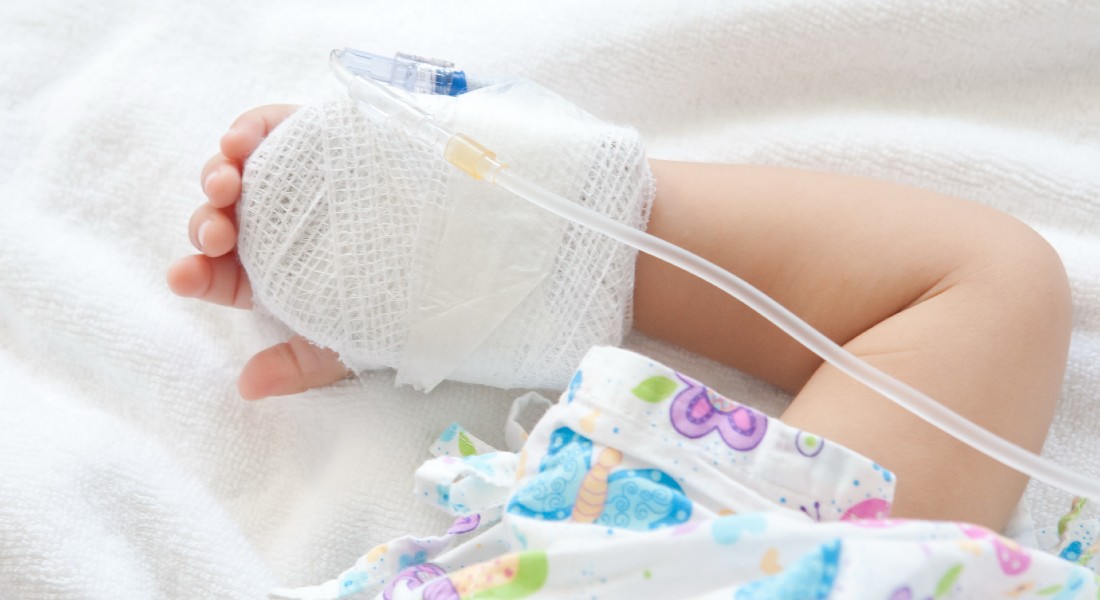Childhood adversity results in increased hospitalisation
Marginalised children and youths are admitted to hospital far more often than other children and youths are, new research from the University of Copenhagen reveals. The new study is the first ever to determine the size of this huge disease burden, and the researchers behind the study conclude that more preventive measures should be targeted at this group.

An underprivileged childhood does not merely affect a child mentally. It is also evident from their health records.
New research from the University of Copenhagen shows that children from marginalised families are admitted to hospital more often than other children.
“Children and youths from marginalised families are strongly overrepresented in hospitalisation records. Compared to the large group of children and youth who face no adversity in childhood, children with an underprivileged background have 30-90 times higher risk of being admitted to hospital, depending on the year group. This is a huge social and healthcare problem for the Danish society,” says Professor Naja Hulvej Rod.
Surprising discovery in a welfare state
The researchers have analysed data from more than half a million Danish children born between 1994 and 2001. They have divided the children into five groups based on the nature and amount of social adversity they faced during childhood and then compared hospitalisation patterns for these groups.
“In the youngest children we find respiratory diseases, infections and nervous disorders, and here marginalised children are clearly overrepresented in terms of hospitalisation. For the slightly older children, we see hospitalisation following accidents and poisoning, and in young adults it is mainly mental disorders that cause them to be admitted more to hospital,” Naja Hulvej Rod explains.
The researchers have used the WHO’s clinical classification of diseases to identify patterns in hospitalisation.
In previous studies, other researchers have found similar connections for specific groups of children or for specific disorders. But this is the first study to calculate the impact of an underprivileged childhood on a person’s medical history.
“Few people may be surprised to learn that an underprivileged childhood leaves a mark on these children and youths. It is surprising, though, to find that the disease burden is this much bigger for these children compared to other children in a welfare state like Denmark, which has an extensive system of support for marginalised children and their families,” says Naja Hulvej Rod.
“The main aspect of this issue is that we can actually do something about it if we try. Stronger preventive efforts focussing on social inequality in health and a stronger link between social efforts and health efforts would probably help. And it might also help to look at entire families instead of individuals when introducing social or health measures for the most underprivileged children and youths,” she concludes.
The results of the study have just been published in the scientific journal The Lancet Public Health: ”Hospitalisation patterns among children exposed to childhood adversity: a population-based cohort study of half a million children”
Contact:
Professor Naja Hulvej Rod
+45 35 32 67 35+45 60 66 33 24
nahuro@sund.ku.dk
Journalist and Communications Consultant Mathias Traczyk
+45 93 56 58 35
mathias.traczyk@sund.ku.dk
